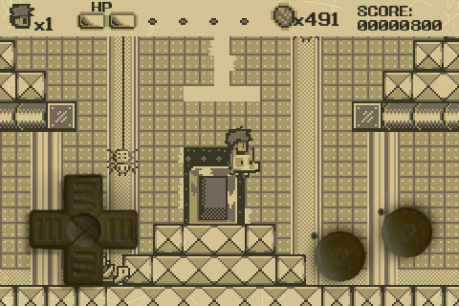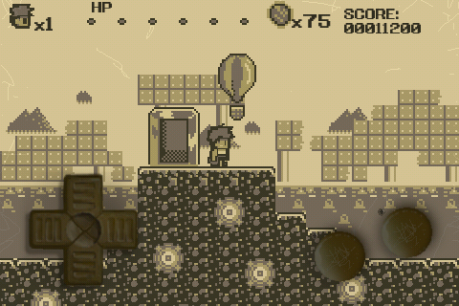I bought and played Bastion the night it came out, having followed Supergiant Games ever since January, when I found a link to a game that – upon first glance – looked similar to an isometric RPG game I was set on creating. But Bastion was its own thing, which I soon found out during the developer videos at Giantbomb.
The reason I was so interested? Sure, the art was amazing – at that point I wasn’t aware the sound was as well – but the narrator. Here was a developer set on doing something new, set on bringing a baby into this world.
I guess with every new sequel to a sequel, I get queasy. There just aren’t that many original designs floating around right now – seems like everyone is dead-set on repackaging the same bullshit we’ve already seen with a different colored ribbon. People have compared Bastion to an old SNES game. I don’t see it. But what I do see is this freshness, and perhaps that’s what people really mean now when they call it an SNES game: an original game. For god’s sake, an original game!
Everyone I told about Bastion during this time wasn’t thrilled. They didn’t see the potential the game had, being caught up with the nth installment of whatever RPG series and reluctant to try an XBLA title. But this isn’t about how I was right and they were wrong. This is about why I, fundamentally, can’t look past Bastion’s ending.
(SPOILER ALERT)
When you get to the end of Bastion, the game freezes and you are offered – in a menu screen – two options, either to try and save Zulf or leave him behind. The reason I am so opposed to this is before the menu pops up, the game design is spot-on. Near perfect. Every part of the game felt enjoyable to me. But this – MENU – pops up, I’m thinking, “What is this? No “good-or-evil” menus popped up in the entire game!” All of a sudden I was shocked.
It may have been Supergiant’s tight development schedule. But I view the menu as a blunder, a smear on the perfect canvas.
Bastion is a game devoted to dynamically engaging the player through gameplay. The narration represents the epitome of this fact: he reacts to you, he talks to you, and you trust him. The entire game leading up to the ending moment was filled with direct engagement. You were told your decisions in the game, on the playing field, had meaning. And I was foolish enough to believe they would follow through on this design theme. I was wrong.
What should have happened? There should have been no pop-up. The player should have been able to either realize there was a choice, and choose, or not realize there was a choice. And that potential: for people to not realize there was a choice, and blindly trudge forward leaving Zulf behind only to later find out they could have saved him – is a moment I wished occurred in Bastion, one that I can’t look past.





 vs.
vs. 